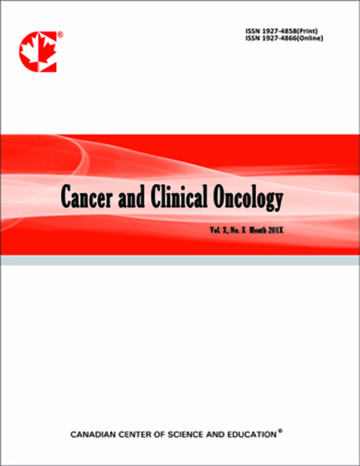Utilization of Hypofractionated and Conventional Breast Radiotherapy in the State of Utah
- Brandi Page
- Tom Belnap
- R. Christopher Bowen
- David Gaffney
- William Sause
Abstract
Efficacy of hypofractionated (HF) radiotherapy (RT) in breast cancer has recently been established by randomized trials. We report patterns of care in Utah to identify how patient, tumor, and treatment characteristics may influence prescription patterns. Data from 1,588 patients from nine facilities with 18 providers were retrospectively collected. Conventionally fractionated (CF) RT was defined as >19 fractions with fractions < 200cGy; HF was defined as <19 fractions with fractions >200cGy. Partial breast irradiation (PBI) was defined as external beam RT to 3850cGy in 10 fractions. Patients considered eligible for HF were >45 years with breast separation <25 cm and tumor size <2cm with negative nodes and margins. Analysis utilized Wilcoxon Rank Sum Tests and logistic regression. Of all patients, 83.2% received CF, 12% received HF, and 4.7% received PBI. Based on recent published guidelines, 53.5% of patients were eligible for HF. There were no significant differences with respect to laterality, tissue separation, or medical comorbidities. Calculated odds ratios (OR) for increased use of HF included age (OR 1.05, p<0.001) and lower cancer stage (OR 3.75, p=0.002). Use of HF strongly correlated with increased age, number of miles traveled to clinic (47.8 vs. 21), lower grade, less aggressive surgery, and less chemotherapy. HF RT utilization is increasing over time but only in a segment of eligible patients. We report on changes in practice patterns after recent publication of randomized trial data in an effort to bring awareness to underutilization of HF, and intend to track how this changes over time.
- Full Text:
 PDF
PDF
- DOI:10.5539/cco.v2n2p34
Journal Metrics
Google-based Impact Factor (2018): 3.94
h-index (August 2018): 8
i10-index (August 2018): 6
h5-index (August 2018): N/A
h5-median(August 2018): N/A
(The data was calculated based on Google Scholar Citations. Click Here to Learn More. )
Index
Contact
- Lexie GreyEditorial Assistant
- cco@ccsenet.org
